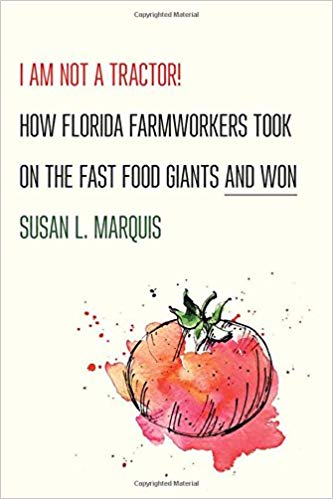Should Food Banks accept donations of Soylent?
I recently received an email from a public relations representative of Soylent, the company that makes those powdered meal replacements. My NYU department once conducted a Soylent tasting. Our conclusion: it may meet nutritional requirements, but it tastes like uncooked pancake batter.
Soylent is pushing hard to get its products into your hands.
Hence the PR announcement that Soylent was donating 100,000 meal replacement packages to New York City’s Island Harvest Food Bank and City Harvest, “as part of their #SoylentForGood initiative.”
Donating Soylent to Food Banks?
Food Banks accepting donations of Soylent?
I had trouble getting my head around this so I wrote the PR person to check whether the donations were Soylent products or real foods and meals.
Soylent, of course.
Making sure that hungry people get fed is unarguably a Good Thing, but needs consideration about choice, dignity, the kind of society we want to live in, and, not least, food quality.
Soylent as a means to feed the hungry?
The mind boggles.


